ESG / CSR
Industries
How Has Climate Change Impacted the Great Lakes?
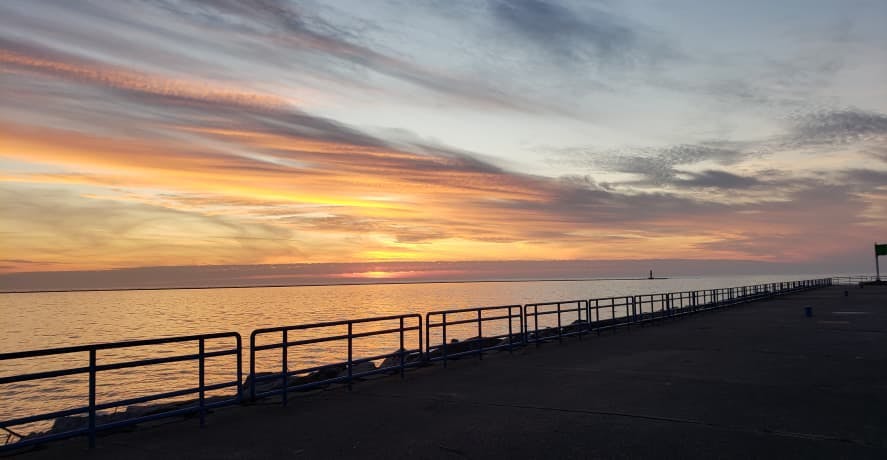


There’s the Grand Canyon, Rocky Mountains, but most people seem to forget one of the coolest natural formations in the United States are the Great Lakes – which are five lakes which surround Wisconsin, Michigan, Ohio, Indiana, Illinois, Pennsylvania, New York, and divides the U.S. and Canadian border as well.
👉 Major midwestern cities such as Chicago, Milwaukee, and Deroit rest alongside the Great Lakes.
The Great Lakes are forgotten by most who either live or decide to travel throughout the United States, but they still remain as a pivotal resource for many Americans. Why are the Great Lakes so important, how do they provide for residents of the surrounding states, and how has climate change threatened the livelihood of the Great Lakes?
What are the Great Lakes?
The Great Lakes are a chain of freshwater lakes in the central-east region of the United States and southern border of Canada. The names of the five Great Lakes are Lake Superior, Lake Michigan, Lake Huron, Lake Erie, and Lake Ontario – and together, make up one of the greatest natural assets in North America.
👉 All five Great Lakes in total make up almost 95,000 square miles of freshwater, making the Great Lakes one of the largest freshwater sources in the entire world.
Historically, the Great Lakes played a part in the colonization and development of North America from the Europeans which migrated to what would become the midwestern U.S. and Canadian cities to border the Great Lakes. As of today, around 10% of Americans and 30% of Canadians live alongside the Great Lakes – and the lakes remain as a natural border between the U.S. and Canada today.
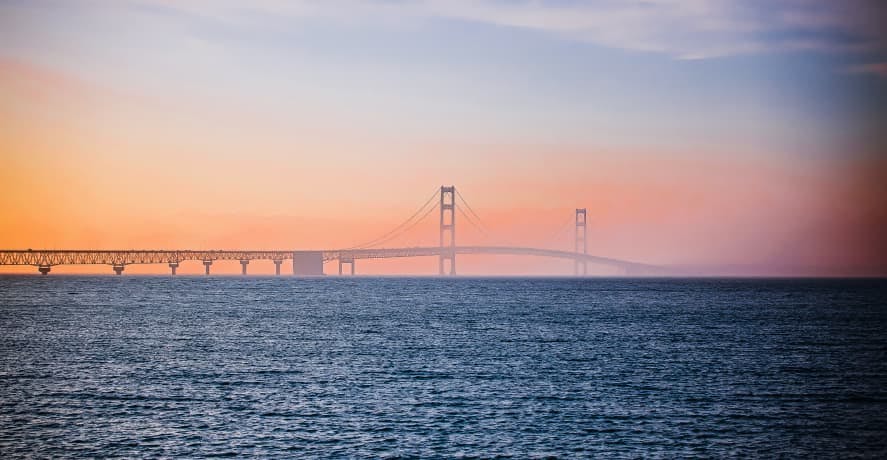
Why are the Great Lakes Important?
Besides providing a freshwater source for the upwards of 35 million people who live in the surrounding watershed area of the Great Lakes, climate change has implicated the Great Lakes in more ways than just decreasing the amount of available freshwater or bodies of water drying up.
The necessity of the Great Lakes remaining intact and functioning is often overlooked – with many people being more preoccupied with the Great Salt Lake drying up and how those seven states are going to ration their water supply. However, the Great Lakes drying up could impact a substantial population of Americans as well – seeing as the Great Lakes are arguably home to more economically lucrative activities than the Great Salt Lake is in Utah.
The Great Lakes are home to not only readily available drinking water, but recreational activities such as tourism, fishing, boating, and general commerce – and unlike the Great Salt Lake, the Great Lakes are pivotal for commerce for both the United States and Canada. In addition to this, much of the Great Lakes are used for agricultural purposes – meaning entities and cities surrounding the U.S. and Canada will feel the consequences of any one of the five Great Lakes drying up.
👉 Without the Great Lakes: tourism, agriculture, fishing, biodiversity, industrial manufacturing, and other recreational activities are bound to suffer.
However, the area which remains the greatest cause for concern with the Great Lakes is how the supply of freshwater is being depleted as a result of climate change.

How does Climate Change impacting the Great Lakes affect the amount of available freshwater?
Despite the Great Lakes impressive size, the Great Lakes have been subject to pollution and therefore – the amount of freshwater to be provided by the Great Lakes has been compromised. However, the pollution caused by climate change isn’t the only thing putting the available drinking water in the Great Lakes at risk.
Changes in weather patterns, such as drastic storms and flooding, also put the water of the Great Lakes at risk. This is due to the fact that a warmer atmosphere holds more moisture, resulting in a higher frequency and severity of precipitation – much like scientists are discovering with tornadoes. Therefore, there is a strong likelihood that the increased amount of rainfall in the Great Lakes region will cause flooding – eventually pushing out the viable drinking water from the Great Lakes alongside causing damage to the nearby residences.
However, increased flooding isn’t the worst of the Great Lakes worries – it is how climate change has raised the levels of E. coli and bacteria in the Great Lakes: to the point where the Great Lakes have more of these harmful bacteria than other coastal lakes in the United States. Climate change has put water infrastructure in peril – with sewer overflows increasing the likelihood of water-born pathogens entering the stream of the Great Lakes: most commonly occurring with Lake Michigan and Lake Erie.
This isn’t the first time the water contamination in the Great Lakes has been an issue. Back in 2011, Lake Erie underwent one of the worst algal blooms in history – and a few years later, this algal bloom in the Great Lakes left nearly 500,000 people in the Toledo metropolitan area without safe drinking water for up to 3 days. in its recorded history, with peak intensity more than three times greater than any previously.
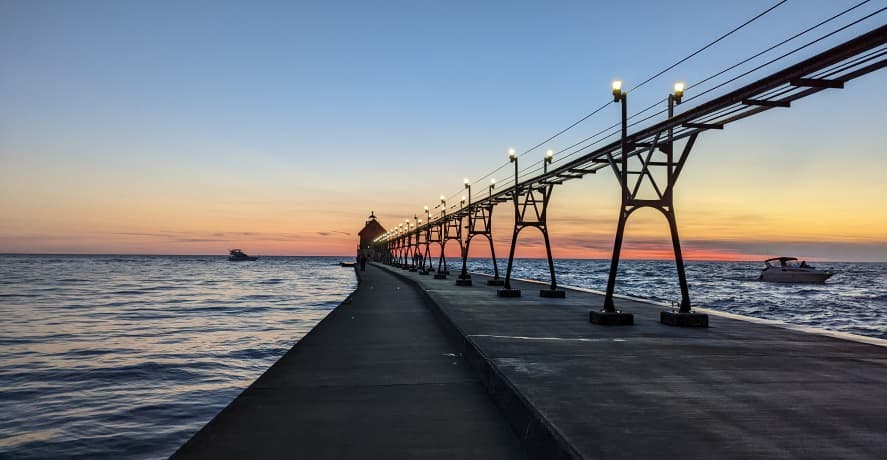
Has climate change affected tourism for the Great Lakes?
Unbeknownst to most, the Great Lakes are also home to a lot of touristic and recreational activities – both of which help to stimulate the economy for states like Illinois, Wisconsin, Indiana, and Michigan (all of which surround the Great Lakes). In 2003 alone, the Great Lakes brought in a whopping $9 billion to the Great Lakes’ economy.
However, climate change has threatened the prosperity of these recreational activities surrounding the Great Lakes. Activities like boating and skiing could be affected with rising temperatures and more sporadic rain storms. Also, beaches in Chicago and Michigan have issued swim advisories due to increased levels of bacterial contamination in the Great Lakes – and the impact climate change has had on increased precipitation can result in these beaches being closed for long periods of time.
👉 Cities like Chicago, Milwaukee, and Detroit all depend on the Great Lakes as aesthetic assets to appeal to tourists. Unsafe boating on the Great Lakes means tourists are less likely to take boat cruises – often one of the best ways to see a city like Chicago.
Great Lakes such as Lake Erie, Lake Ontario, and the southern portion of Lake Michigan have the most population density – making them the most pivotal to maintain in the midst of climate change to protect the economic benefits of the Great Lakes. In fact, the Great Lakes make up one of the busiest shipping areas on the planet – helping to maintain 44,000 jobs with the 150 million tons of cargo that is transported over the Great Lakes on an annual basis.
It’s hard to believe that climate change has impacted tourism on the scale that it has, but when it comes to the Great Lakes – there’s no doubt that the impact has been colossal.
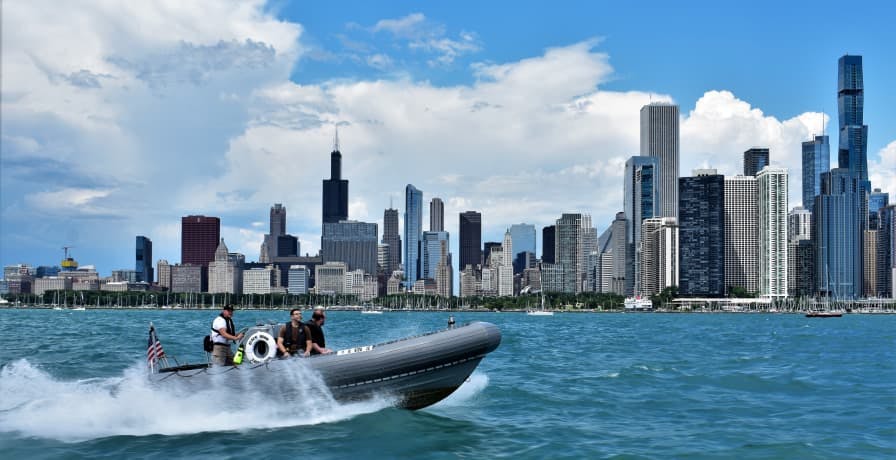
How has climate change affected the wildlife and biodiversity surrounding the Great Lakes?
The Great Lakes not only impacts resources for human beings, but has impacted the surrounding wildlife and biodiversity near the Great Lakes as well – which has a direct impact on climate change.
For instance, fish species in the Great Lakes have and will continue to be impacted by climate change as temperatures, flooding, and changes in seasonal patterns increase. This is because lakes where dishes dwell are often influenced by the temperature of the water, and can have a direct impact on fish habitats.
Warmer weather and shorter winters near the Great Lakes will also result in mice colonizing in new regions, which could impact the residents of those residing in large cities near the Great Lakes such as the province of Quebec in Canada. This is because these migrating mice could bring new diseases, such as Lyme disease, into these areas which could impact the health of humans living near the Great Lakes.
Climate change has also caused other animals residing near the Great Lakes to migrate elsewhere due to rising temperatures and changing marsh habitats – both of which can have an impact, especially on birds, that choose to settle near the Great Lakes. This may seem trivial, but biodiversity also has an impact on climate change – so the continued depletion of the quality of the Great Lakes itself can continue on a downward trajectory if animals do not nourish the surrounding ecosystems of the Great Lakes
👉 Of the five Great Lakes, Lake Eerie remains the most vulnerable to the effects of climate change on wildlife and biodiversity surrounding the Great Lakes.
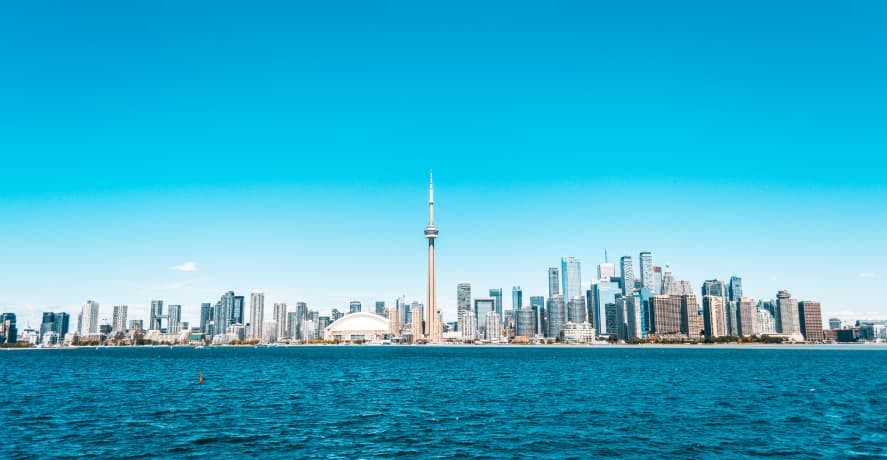
What could be done to protect the Great Lakes?
The Great Lakes remain as an imperative resource for the United States and Canada, but it will take new great lengths to ensure that the two countries can properly preserve the Great Lakes. There a few ways that the U.S. and Canada could work together to make sure the Great Lakes is able to serve society in the long-term:
For instance, acquiring a better control of water pollution could help to prevent wastewater from entering the Great Lakes and impacting the water sources for surrounding cities. General wetland and habitat conservation can also help to preserve the wide array of species that dwell in the Great Lakes and help to ensure biodiversity doesn’t negatively impact climate change and vice versa. Educating the general public on the importance of water sustainability and how to treat the environment better to preserve the Great Lakes could make a huge difference. After all, much of the damage caused to the Great Lakes has been caused by human activity in itself – meaning things like beach cleanups and mitigating single use plastic could help to protect the Great Lakes from further harm. Lastly, sustainable economic development could help to implement the use of green technologies or sustainable tourism practices to help avoid further harm to the Great Lakes and surrounding environment.
Luckily, in 2023 Biden proposed a $600 million fund called the Climate Resilience Regional Challenge – which will allow coastal communities, cities, and areas residing near the Great Lakes to apply for funding for their own personalized mitigation measures meant to be tailored specifically to how climate change is impacting their daily life.
👉 Protecting the ecosystems and other benefits of the Great Lakes is one of the main target areas of the Climate Resilience Regional Challenge.
The Climate Resilience Regional Challenge will help surrounding areas of the Great Lakes to have more financial resources to research and develop ways to grow more resilient against the effects of climate change.
It won’t be an easy effort to protect the Great Lakes, but together – the Great Lakes can be preserved and serve as a beneficial and recreational resource for generations to come.
What about Greenly?
If reading this article about a sustainability rating has made you interested in reducing your carbon emissions to further fight against climate change – Greenly can help you!
The Great Lakes in the United States are just one of the many large bodies of water to be impacted by climate change, and the number of affected areas keeps growing. This can be alarming for your business, but don’t worry – Greenly is here to help. Book a demo with one of our specialists to learn more.
Greenly can help you make an environmental change for the better, starting with a carbon footprint assessment to know how much carbon emissions your company produces.


